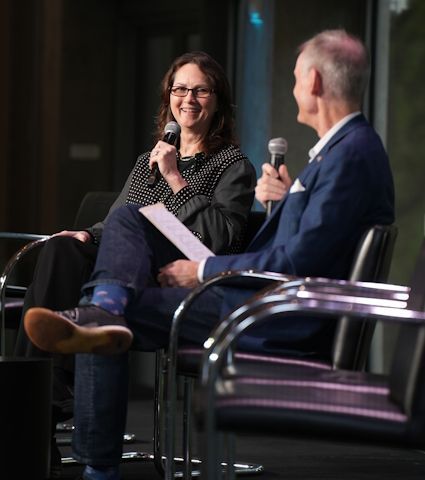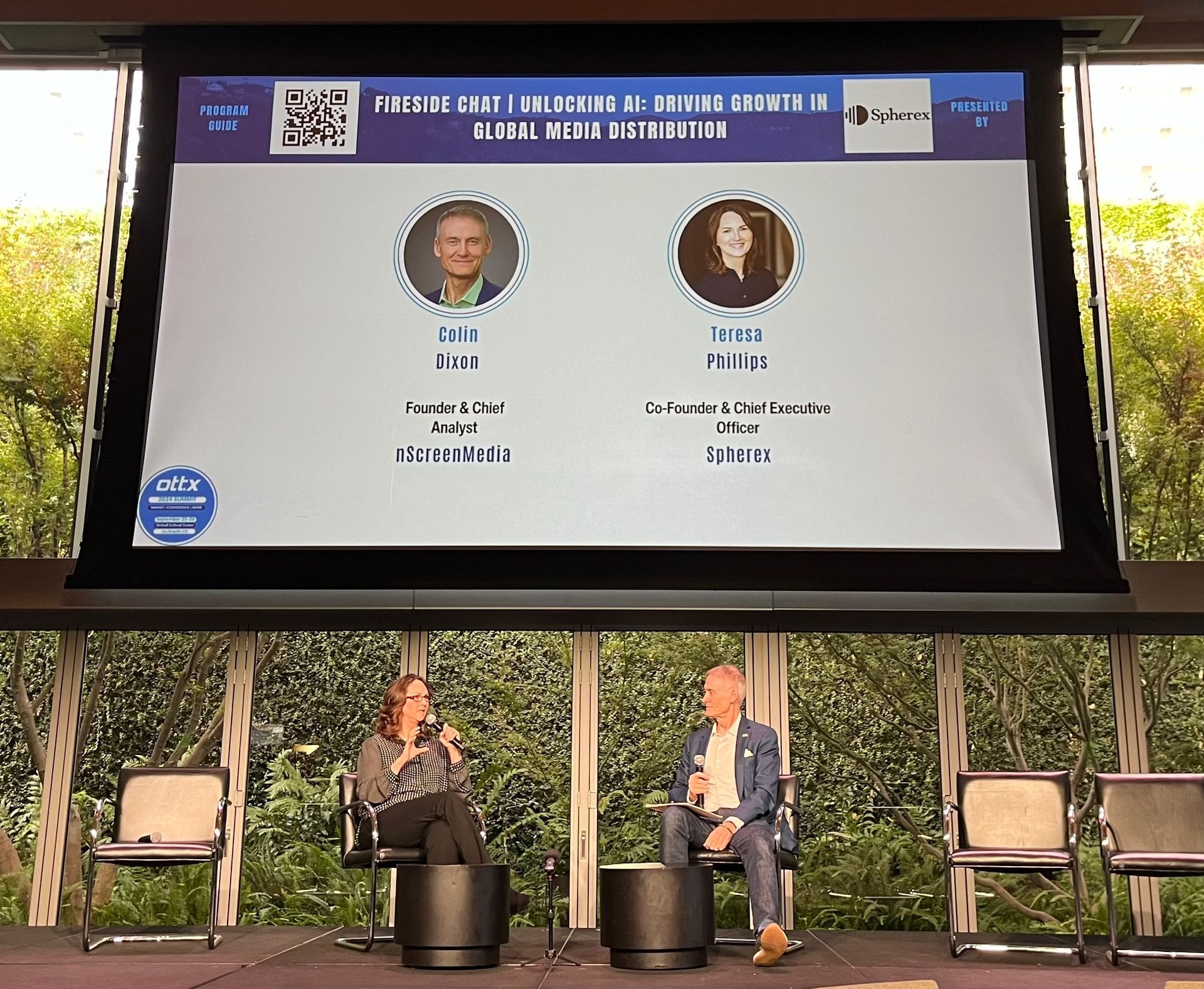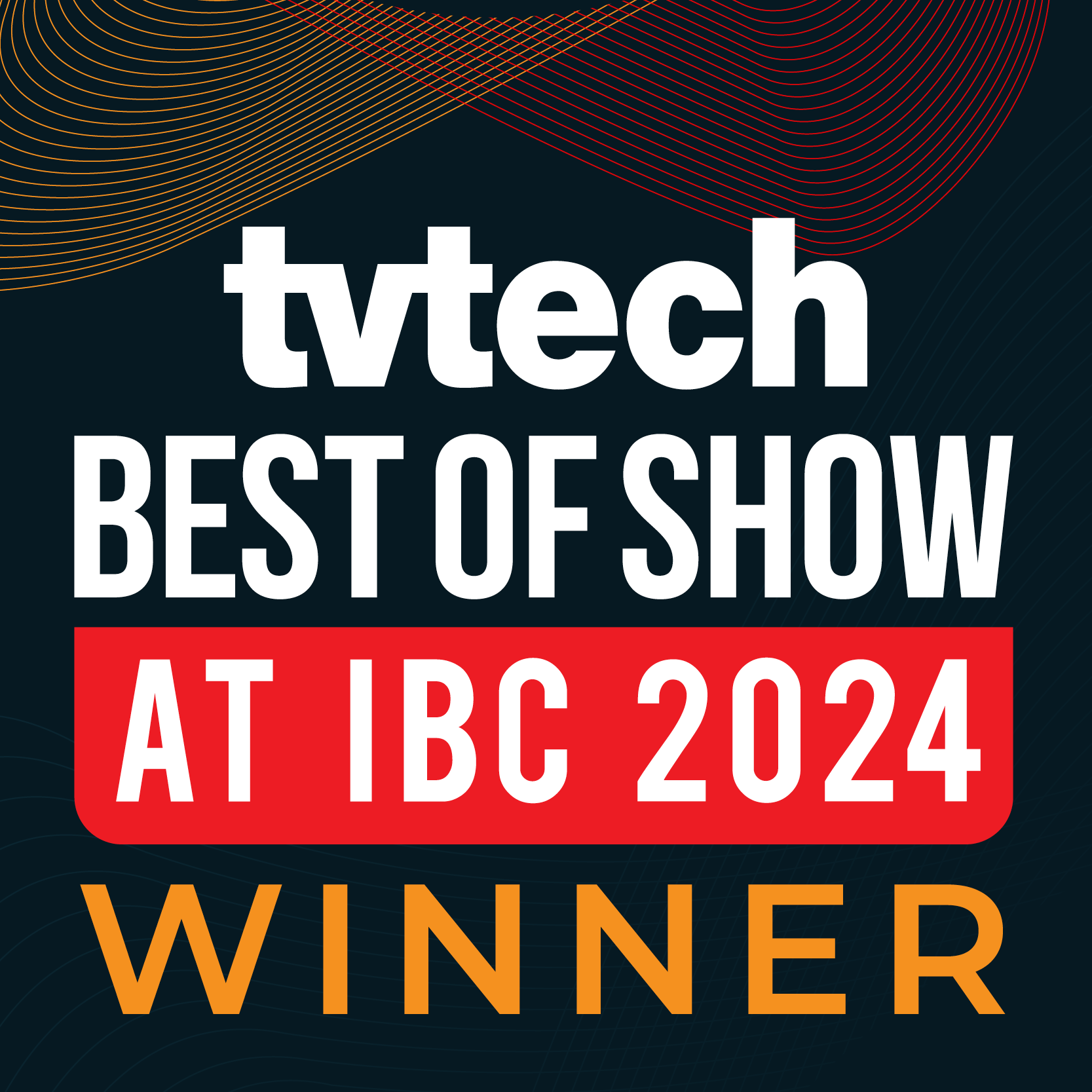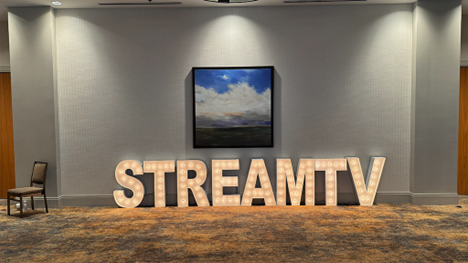New Rules for Regulation of Digital Platforms in India
India’s government has established new rules for digital news organizations, social media intermediaries and OTT platforms under the Information Technology (Intermediary Guidelines and Digital Media Ethics Code) Rules, 2021, released by the Electronics & Information Technology Ministry and the Information & Broadcasting Ministry on Feb. 25 2021.
Framed under the Information Technology Act or the IT Act, 2000, the guidelines for digital media and OTT will become active on the date of publication in the official Gazette of India. The rules consist of three main parts, where Part I defines the terms and Parts II and III delineates compliance requirements. The regulation of social media intermediaries like WhatsApp, Telegram, Facebook, Instagram etc., is detailed in Part II and will be overseen by the Ministry of Electronics and Information Technology (MeitY). Regulations for digital news media and OTT platforms like Netflix, Hotstar, Amazon Prime etc., are contained in Part III, which will be managed by the Ministry of Information & Broadcasting.
Under the IT Act, 2000, OTT platforms were not previously regulated. The new rules however, framed under this Act, seek to exercise the power to regulate them, which can constitutionally only be done via a parliamentary enactment.
Code of Ethics
A Code of Ethics
for OTT platforms is outlined in the Appendix of the Rules, under which is present a three tier Grievance Redressal mechanism. Level I – Self-regulation by the applicable entity, Level II – Self-regulation by the self-regulating bodies of the applicable entities and Level III – Oversight mechanism by the Central Government. There does not appear to be any legislative backing
or a parliamentary law behind the Oversight Mechanism, which also allows the Ministry emergency powers to block content.
Grievance Redressal and Self-Regulating Mechanism
Level I states that OTT platforms must draw up a grievance redressal mechanism which will be headed by a Grievance Officer who must be an Indian citizen. A 15-day time period has been allocated for the Grievance Officer to address the complaint and revert, beyond which it will be escalated to Level II. In case the complainant is not satisfied with the publisher’s decision, they also have the choice to appeal to the self-regulating body in Level II within 15 days of receiving such a decision.
Level II contains the independent self-regulating body, comprising of publishers or their associations and is expected to be headed by a retired judge of either the Supreme Court, High Court or any eminent personality from the fields of media, broadcasting, entertainment or other relevant fields and have a maximum of six other members from these fields. This body must register itself with the Ministry of Information & Broadcasting and has the power to provide warnings, censure, admonish or reprimand the publisher, require an apology from the publisher, reclassify ratings, make changes to the content descriptors, synopsis, access control measures of the content or even censor the content. It will then pass on its decision to the publisher in the form of a guidance or advisory and inform the complainant of its decision within 15 days.
In Level III, if the complainant is not satisfied by the self-regulating body’s decision, they can appeal to the Oversight Mechanism of the Central Government within 15 days of receiving the decision. Non-compliance by the publisher to the self-regulating body’s directions can also result in the complaint being forwarded to Level III. This level comprises an Inter-Departmental Committee consisting of representatives from the Ministry of Information & Broadcasting, Ministry of Women & Child Development, Ministry of Law & Justice, Ministry of Home Affairs, Ministry of Electronics & Information Technology, Ministry of External Affairs, Ministry of Defense and such other Ministries and Organizations, including domain experts. The Chairman of the Committee will be a Joint Secretary from the Ministry of Information & Broadcasting. The primary objective of this Committee will be to address complaints regarding decisions taken at Levels I and II, and it is empowered to delete or modify content for preventing incitement to the commission of a cognizable offence relating to public order.
Rules for providers of OTT content
OTT content publishers are forbidden
from showing any content that is prohibited under Indian law. There is also mention of exercising caution when showing content that can be detrimental to the sovereignty and integrity of India or has the potential to cause friction with its allies. Additionally, OTT providers are asked to remain sensitive when portraying the culture, beliefs, practices or views of any racial or religious group in the country. Also required is self-classification of the OTT content into five new age-based categories
– U (Universal), U/A 7+, U/A 13+, U/A 16+, and A (Adult). Access control mechanisms like parental locks for content classified U/A 13+ or higher and reliable age verification mechanisms for content classified as “A” must be implemented by the OTT providers.
A major concern for OTT providers is the Oversight Committee’s power to block access to content that it deems unfit for the public which is seen as the government’s overreach to suppress creativity. However, the secretary of the Ministry of Information & Broadcasting, Amit Khare, moved to quash these concerns – “There will be no authoritarian process. The regulation system is accountable to the courts. Any misuse of power can be checked.”
Khare said that these rules represent a paradigm shift in policy. “As of now, any movie that released to theaters needs to be approved by the Classification Board, but for these OTT platforms, no such requirement is there. The government has left the decision up to them. They can decide what labels to use. The idea is that the viewer should be aware of what they will be watching.”
He stressed that government would in no way alter the content available. “Films only have three categories, while we have provided five for OTT platforms. The government is willing to consider extending a similar classification for movies released in theatres as well.” Khare also highlighted how OTT platforms have democratized entertainment. “These rules were debated for over a year-and-a-half. We have also taken a conscious decision to not set up a web portal where grievances can be filed as we wanted to make sure people didn’t think the government was needlessly interfering,” he said. “The people can directly complain to the platform and if the complaint is not resolved by their standards, it can be escalated to the ministry.”
Share this post
Related Posts











